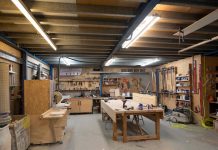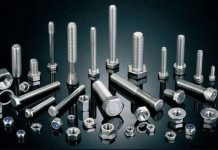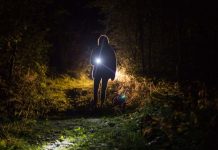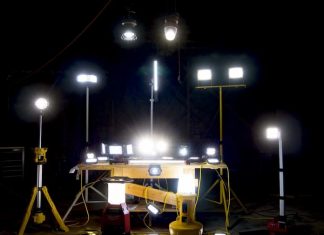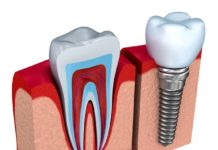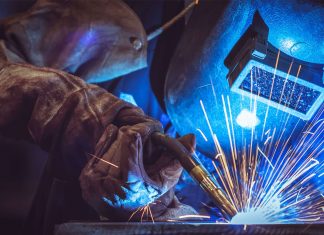The Industrial Internet of Things heavily relies on cables for transferring data, powering industrial machines and sending commands between the factory floor, the IT infrastructure and the cloud. However, connectivity on the industrial floor requires careful attention when selecting the ideal cabling solutions and routing due to environmental, physical and electrical hazards present, so designers need to balance a complex set of often conflicting cost and performance priorities. With that said, there are various cabling challenges that the Industrial Internet of Things and the industrial environment itself pose.
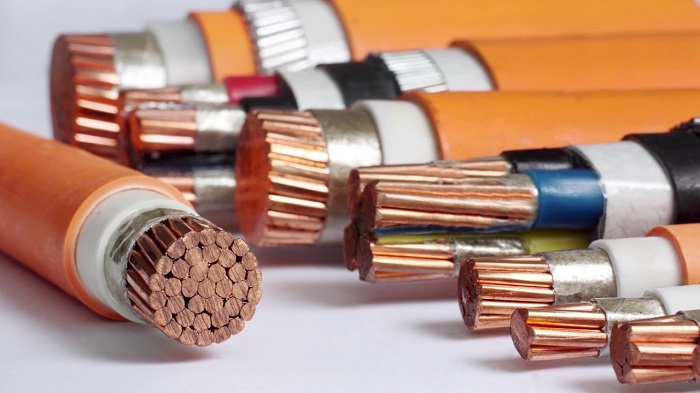
The first challenge when buying industrial cables is finding ones that can withstand industrial environments. Industrial installations include oil and gas processing plants, manufacturing facilities, coal mines, transportation systems (subways and tunnels), and wastewater treatment facilities. All of these environments are tough on industrial cables. Some of the hazards include UV light, chemicals, impact, moisture ingress, vibration, and extreme temperatures. Cables in these environments have to keep their signal integrity, minimise EMI effects and signal losses. Cable failure can cause quality problems, compromise operator safety, and be very expensive – losing time on production can cost thousands, if not millions of dollars.
Mechanical hazards to electrical cables include abrasion, impact, tension, shock and vibration. Additionally, many industrial applications are continuously in motion: robots, wind turbines, automatic handling systems, multi-axis machine tools, and conveyor systems are just a few of the many examples. That being said, the cables used in these applications need to be able to withstand constant flexing for thousands of cycles. Ingress hazards, on the other hand, include dust, chemicals and moisture. Many industries use chemicals to which the cable will be eventually exposed to, so it needs to be able to withstand them without compromising performance. For instance, in the food and beverage processing industry, all equipment must undergo cleanings with caustic chemicals and high-pressure water to meet stringent requirements. If the cables are poorly designed, they may allow fluids to wick into their conductors.

Further, industrial electric cables are exposed to the elements in both outdoor and indoor settings, and the resulting hazards may include low and high-temperature extremes, moisture, UV radiation and even invasive tree roots or rodent gnawing. Industrial electrical environments also include high voltages, heavy currents, inadequate grounding and EMI from furnaces, arc welders and HVAC equipment. Space constraints may force the cables to be routed near noise sources like generators and motors.
When you compare these hazards with the hazards present in commercial settings, you’ll notice that office spaces, server rooms and even homes are usually climate-controlled with HVAC systems that keep the room at a constant humidity level and temperature. Most infrastructure cables are located inside the walls or in the airspace above the ceiling tiles, where they can lie untouched for years. Standard commercial environments are usually free from liquids, fine particles and excessive temperatures, so the cables aren’t exposed to moisture, dust, temperature extremes, UV radiation or chemicals. Commercial off-the-shelf cables are designed to meet the conditions that they’ll be used in, so using such a cable in industrial settings can lead to a high failure rate, compromised safety, loss of production and increased cost.
Power cables consist of a few components that affect their overall performance. These components are the conductors, cable jackets and insulation for cables, and EMI shielding. There are two types of wires typically used to transmit electrical signals or power through the cable, stranded and solid wire. Both of these have different characteristics. The conduction path in solid cables is a single copper wire, and these cables are more affordable than stranded cables and feature a smaller diameter while providing equivalent current. Solid cables offer better electrical performance with lower resistance, but they aren’t as flexible, making them less suitable for use with moving machinery. Stranded cables, on the other hand, are made of multiple filaments twisted together to form a thicker, larger wire. These cables are flexible and vibration-resistant, making them suitable for applications that require frequent bending and flexing.
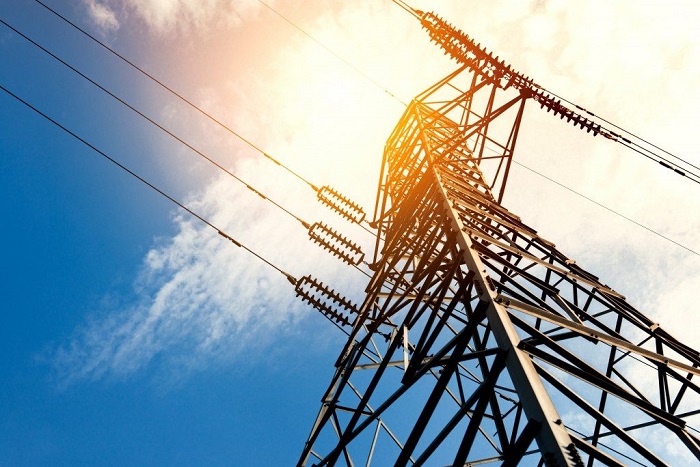
Besides providing insulation, the plastics used to coat the cable’s conductors also act as dielectrics. The dielectric constant and dissipation factors impact signal transmission. The dielectric constant, in particular, measures the cable’s ability to store electrical energy, which is a function of the velocity at which the electrical energy travels through the cable’s insulation. In other words, it measures the rate at which energy is absorbed by the dielectric. Reducing the value in both of these parameters results in improved signal transmission. Many power cables have shielding around the conductors in order to protect them against interference and to reduce electrical noise. Foil shielding and braided shielding are the two most common types. Foil shielding offers 100% coverage, but its high resistance provides a poor path to ground and is hard to terminate. Braided copper shielding, on the other hand, offers 60%-85% shielding but it provides better conductivity and easier termination with decent connection to ground. There are also cables with a combination of shields that are ideal for harsh EMI environments.
The jackets protect the underlying conductors from chemical, moisture and mechanical damage during installation and the entire service life of the cable. They also enhance the protection against UV radiation, flame resistance and facilitate installation. Cables with armoured jackets protect against crushing, and their construction includes aluminium interlocked armour and galvanised steel wire sheathing. They can also have PVC or similar materials, protecting the cable and armour from moisture and corrosive vapours. Some cables are also optimised for outdoor use and burial, high flex capacity, gasoline resistance and high and low-temperature operation.


